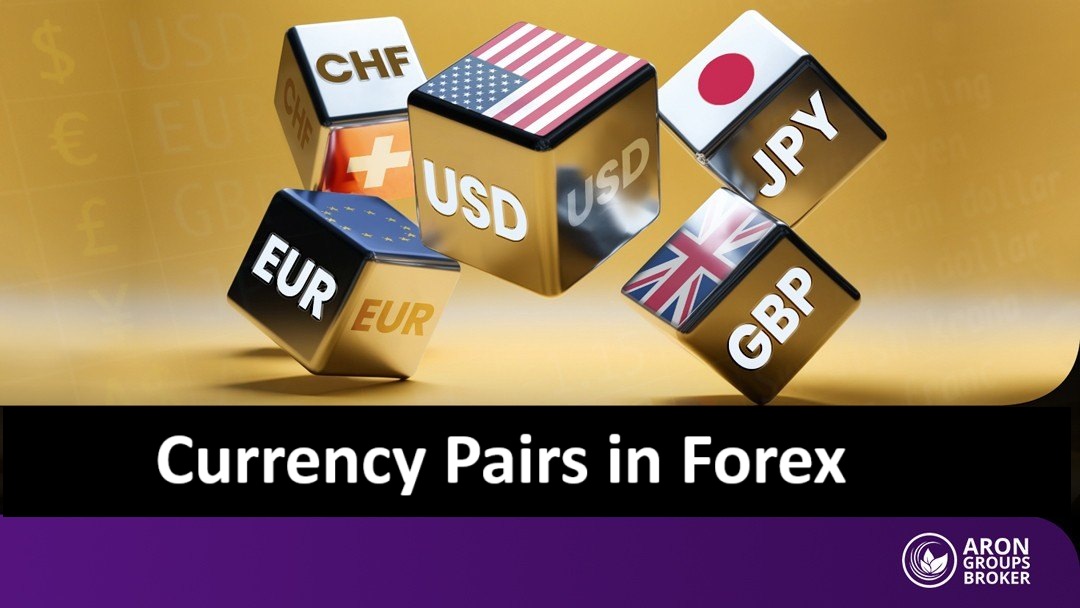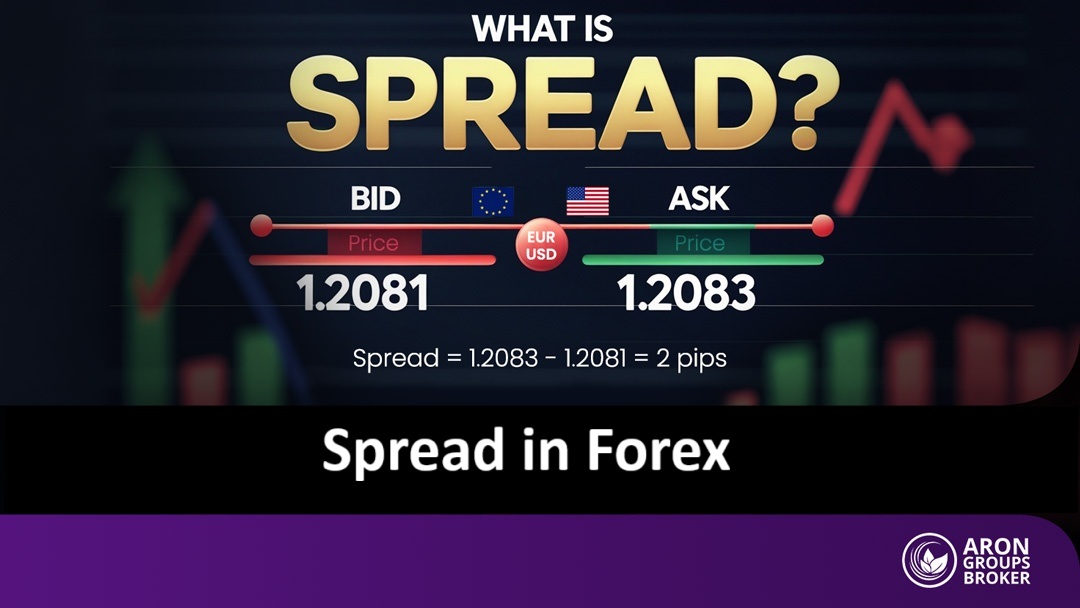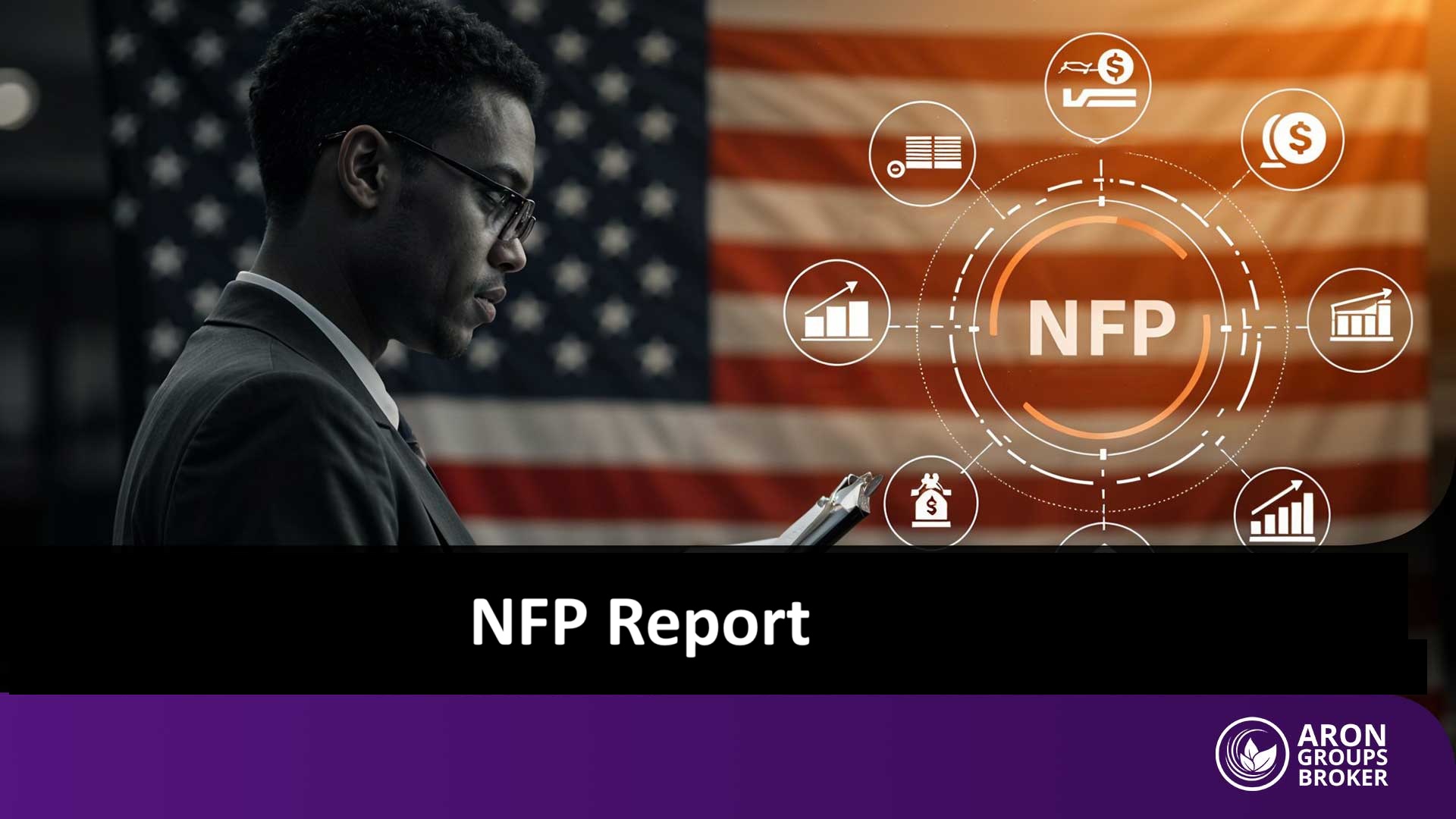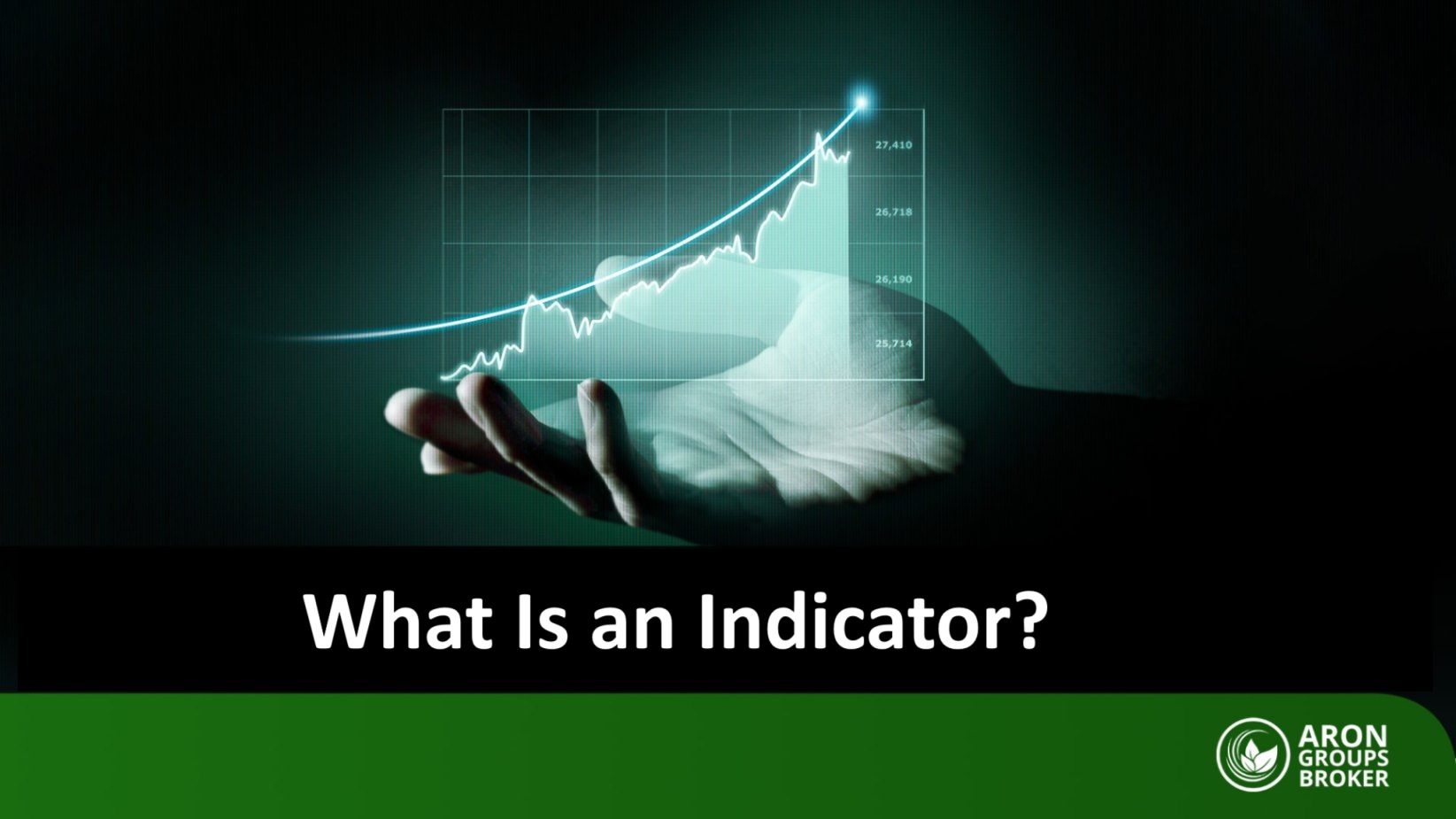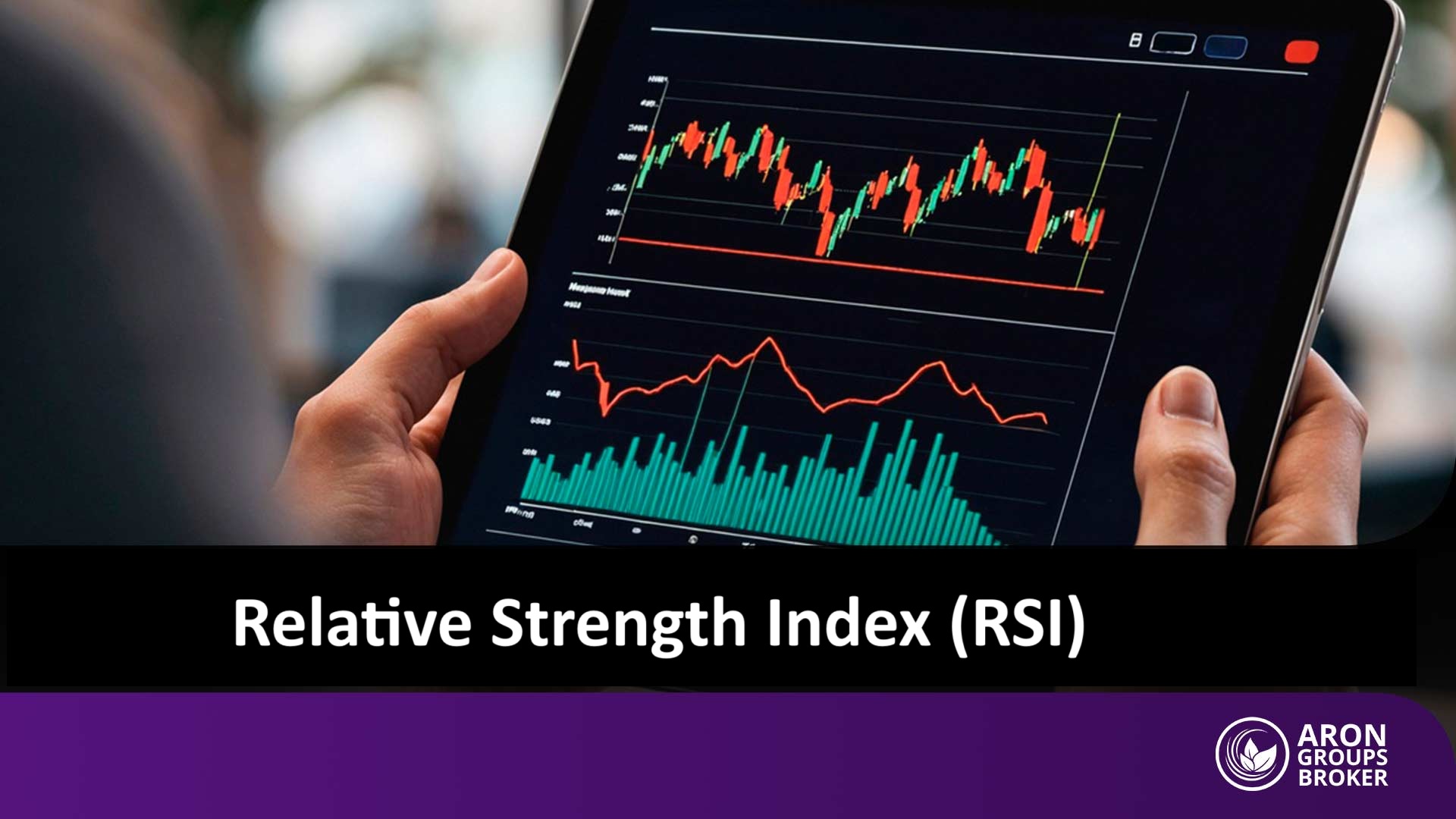Forex Strategies
After you’ve given some thought to the time and resources, you’re able to devote to currency trading and which approach you favor (technical, fundamental, or a blend), the next step is to settle on a trading style that best fits those choices.
What are Forex strategies?
FX has as many different trading styles and market approaches as the market. But most of them can be grouped into three main categories that boil down to varying exposure to market risk. The two main elements of market risk are time and relative price movements. The longer you hold a position, the more chance you’re exposed to. The more of a price change you anticipate, the more risk you’re exposed to.
Short-term, high-frequency day trading:
Short-term trading in currencies is unlike short-term trading in most other markets. A short-term trade in stocks or commodities usually means holding a position for a day to several days at least. But because of the liquidity and narrow bid/offer spreads in currencies, prices constantly fluctuate in small increments. The steady and fluid price action in currencies allows for extremely short-term trading by speculators intent on capturing just a few pips on each trade.
Short-term trading in forex typically involves holding a position for only a few seconds or minutes and rarely longer than an hour. But the time element is not the defining feature of short-term currency trading. Instead, the pip fluctuations are what’s important. Traders who follow a short-term trading style seek to profit by repeatedly opening and closing positions after gaining just a few pips, typically 5 to 10 pips but as little as 1 or 2 pips.
Jobbing the market pip by pip:
In the interbank market, extremely short-term, in-and-out trading is called jobbing the market; online currency traders call it scalping. Traders who follow this style must be among the fastest and most disciplined traders because they’re out to capture only a few pips on each trade. Regarding speed, rapid reaction and instantaneous decision-making are essential to successfully jobbing the market.
When it comes to discipline, scalpers must be ruthless in taking profits and losses. If you’re in it to make only a few pips on each trade, you can’t afford to lose much more than a few pips on each transaction. The overall strategy is obviously based on being right more often than wrong, but the key is not to risk more than a few pips on each trade.
Jobbing the market requires an intuitive feel for the market. Scalpers don’t worry about the fundamentals too much. If you were to ask a scalper for her opinion of a particular currency pair, she would likely respond along the lines of “It feels bid” or “It feels offered” (meaning, she senses an underlying buying or selling bias in the market — but only at that moment). If you ask her again a few minutes later, she may respond in the opposite direction.
Successful scalpers have no allegiance to any single position. They couldn’t care less if the currency pair goes up or down. They’re strictly focused on the next few pips. Their role is about works for them, or they’re out of it faster than you can blink an eye. All they need is volatility and liquidity.
Adapting jobbing to online currency trading:
Retail traders are typically faced with bid/offer spreads of between 1 and 4 pips. Although this makes jobbing slightly more complicated, it doesn’t mean you can’t still engage in short-term trading; it just means you’ll need to adjust the risk parameters of the style. Instead of looking to make 1 to 2 pips on each trade, you need to aim for a pip gain at least as large as the spread you’re dealing with in each currency pair. The other basic rules of taking only minimal losses and not hanging on to a position for too long still apply.
Here are some other important guidelines to keep in mind when following a short-term trading strategy:
Trade only the most liquid currency pairs, such as EUR/USD, USD/JPY, EUR/GBP, EUR/JPY, and EUR/CHF. The most liquid pairs will have the tightest trading spreads and be subject to fewer sudden price jumps.
Trade only during times of peak liquidity and market interest. Consistent liquidity and fluid market interest are essential to short-term trading strategies. Market liquidity is most profound during the European session when Asian and North American trading centers overlap with European time zones from 2 a.m. to noon eastern time (ET). Trading in other sessions can leave you with fewer and less predictable short-term price movements to take advantage of.
Focus your trading on only one pair at a time. If you’re aiming to capture second-by-second or minute-by-minute price movements, you’ll need to concentrate fully on one pair at a time. It’ll also improve your feel for the pair if that pair is all you’re watching.
Preset your default trade size, so you don’t have to keep specifying it on each deal.
Look for a brokerage firm that offers click-and-deal trading, so you’re not subject to execution delays or re-quotes.
Adjust your risk and reward expectations to reflect the dealing spread of the currency pair you’re trading. With 1- to 4-pip spreads on most major pairs, you probably need to capture 3 to 10 pips per trade to offset losses if the market moves against you.
Avoid trading around data releases. Carrying a short-term position into a data release can be risky because prices may gap sharply after the release, blowing a short-term strategy out of the water. As nearby orders are triggered, markets are also prone to quick price adjustments 15 to 30 minutes ahead of significant data releases. This can lead to a sharp shift against your position that may not be resolved before the data comes out.
Keeping sight of the forest while you’re in the trees
Trading a short-term strategy online also requires individual traders to invest more time and effort in analyzing the overall market, especially from the technical perspective.
If you pursue a short-term trading strategy online, where dealing spreads can equal profit targets, you must be right by a more significant margin. Always know where you stand in longer charting timeframes to give yourself a better chance of capturing slightly larger short-term moves. By all means, use tick, one-minute, and five-minute charts to refine your trade timing, entry, and exit. But be aware of the larger picture suggested by hourly, multi-hours, and daily charts because they will hold the keys to the more significant directional movements.
Medium-term directional trading:
If you thought short-term time frames were exceptionally brief, medium-term ones aren’t much longer. Medium-term positions are typically held for periods ranging from a few hours to a day or two, but usually not much longer. As with short-term trading, the key distinction for medium-term trading is not the time the position is open but the number of pips you’re seeking/ risking.
Short-term trading seeks to profit from the routine noise of minor price fluctuations, almost without regard for the market’s overall direction. Meanwhile, medium-term trading aims to get the general rule right and profit from more significant currency rate moves. Medium-term traders recognize that markets rarely move in one direction for too long, so they approach the market with well-defined trade entry and exit strategies.
Almost as many currency speculators fall into the medium-term category (sometimes called momentum trading and swing trading) as they fall into the short-term trading category. Medium-term trading requires many of the same skills as short-term trading, especially when entering/exiting positions. Still, it also demands a broader perspective, more significant analytical effort, and more patience.
Capturing intraday price moves for maximum effect:
The essence of medium-term trading is determining where a currency pair is likely to go over the next several hours or days and constructing a trading strategy to exploit that view. Medium-term traders typically pursue one of the following overall approaches, but there’s also plenty of room to combine methods:
Trading a view:
Having a fundamental-based opinion on which way a currency pair is likely to move. View trades are typically based on prevailing market themes, like interest rate expectations or economic growth trends. View traders need to be aware of technical levels as part of an overall trading plan.
Trading the technicals:
Basing your market outlook on chart patterns, trend lines, support and resistance levels, and momentum studies. Technical traders typically spot a trade opportunity on their charts, but they still need to be aware of fundamental events because they’re the catalysts for many breaks of technical levels.
Trading events and data:
Basing positions on expected outcomes of events, like a central bank rate decision or individual data reports. Event/data traders typically open positions well in advance of events and close them when the outcome is known (also known as buying the rumor/selling the fact or vice versa).
To find out which methods are most effective, check out our guide to the best forex trading strategies.
When is a trend not a trend?
When it’s a range, a trading range, or a range-bound market is a market that remains confined within a relatively narrow range of prices. In currency pairs, short-term (over the next few hours) trading ranges maybe 20 to 50 pips wide, whereas longer-term (over the next few days to weeks) fields can be 200 to 400 pips wide.
For all the hype trends get in various market literature, the reality is that most markets trend no more than a third of the time. Most of the time, they’re bouncing around in ranges, consolidating, and trading sideways.
If markets reflect all the currently known information available, they will experience significant trends or shifts only when genuinely new and unexpected information hits the market. On a day-to-day basis, incoming economic data and events usually result in adjusting prices only within a prevailing range rather than a breakout, but that’s enough for medium-term traders to take advantage of the opportunity.
Taking what you get from the market
Medium-term traders recognize that sizeable price movements and trends are more the exceptions than the rule. So rather than selling and holding in the case of a downtrend, for example, they’re looking to capitalize on the 50- to 150-point price declines that make up the overall downtrend. The key here is that medium-term traders will take profit frequently and step back to reassess market conditions before returning.
Although medium-term traders usually are looking to capture more significant relative price movements, say, 50 to 100 pips or more, they’re also quick to take smaller profits based on short-term price behavior. For instance, if a break of a technical resistance level suggests a targeted price move of 80 pips higher to the next resistance level, the medium-term trader will be more than happy to capture 70 to 80 percent of the expected price move. They’re not going to hold on to the position looking for the exact price target to be hit. It’s better to catch 75 percent of something than 100 percent of nothing.
Long-term macroeconomic trading
Long-term trading in currencies is generally reserved for hedge funds and other institutional types with deep pockets. Long-term trading in currencies can involve holding positions for weeks, months, and potentially years at a time. Holding positions for that long consists of exposure to significant short-term volatility that can quickly overwhelm margin trading accounts.
With proper risk management, individual margin traders can seek to capture longer-term trends. The key is to hold a small enough position relative to your margin that you can withstand the volatility of as much as 5 percent or more. Mini accounts, which trade in lot sizes of 10,000 currency units, are an excellent vehicle to take advantage of longer-term price trends.
For example, let’s say you’re of the view that the euro will weaken due to the high debt levels of some member countries and the potential for a sovereign bond default. For this example, EUR/USD is trading around 1.3500, and you think it’s heading to 1.1000 or even lower. But if EUR/USD strengthens above 1.4500, you think the debt crisis will have been resolved, and you’d want to exit the trade. In this case, you’re risking 1,000 pips to gain 2,500 pips. For a 10,000 EUR trade size, that works out to a risk of losing $1,000 (10,000 × 0.1000 [1,000 EUR pips] = USD 1,000) or gaining $2,500 (10,000 × 0.2500 [2,500 EUR pips] = USD 2,500.)
Identifying the macro elements that lead to long-term trends:
Long-term trading seeks to capitalize on significant price trends which result from long-term macroeconomic factors. Before you embark on long-term speculation, you want to see how some of the following macroeconomic chips stack up:
Interest rate cycles: Where are the two currencies’ relative interest rates, and where are they likely to go in the coming months? Narrower interest-rate differentials will tend to help the lower-yielding currency and hurt the higher-yielding currency; wider interest-rate differentials will help the higher-yielding currency and hurt the lower-yielding one.
Economic growth cycles: What’s the outlook for relative growth over the next several months? An economy in an expansionary growth phase is likely to see higher interest rates in the future, which would support that currency. An economy showing signs of slowing may see interest rate expectations lowered, hurting the currency in the process.
Currency policies: Are the currencies considered excessively overvalued or undervalued by the significant global trading powers? Is the G20 or national government/central bank agitating for changes in a currency’s value?
Structural deficits or surpluses: Do the currencies have any major structural issues that tend to see currencies weaken or strengthen, such as fiscal deficits/surpluses or trade deficits/surpluses?
Trading around a core position
Just because you’re trading with a long-term view doesn’t mean you can’t take advantage of significant price changes when they’re in your favor in the medium term. Trading around a core position is taking profit on a portion of your overall position after favorable price changes. You continue to hold a part of your original core position and look to reestablish the whole position on subsequent market corrections. Remember: It never hurts to take some money off the table when you’re winning.
Taking partial profit on a long-term position works best when the currency pair you’re trading reaches significant technical levels, such as multiday or multiweek highs. If the trend of the currency pair you’re holding is displaying a channel on the charts, taking partial profit near the top of the channel in an uptrend or near the channel bottom in a downtrend is one way of judging when to take partial profit.
The risk with trading around a core position is that the trend may not correct after taking partial profit, never giving you the chance to reestablish your desired full position. But you’re still holding the core of your position, and because the market hasn’t corrected, your core position is doing just fine.
Carry trade strategies
A carry trade happens when you buy a high-yielding currency and sell a relatively lower-yielding currency. The strategy profits in two ways:
By being long the higher-yielding currency and short the lower-yielding currency, you can earn the interest-rate differential between the two currencies, known as the carrier. If you have the opposite position — long the low-yielder and short the high-yielder the interest rate differential is against you, which is known as the cost of carrying.
Spot prices appreciate in the direction of the interest-rate differential. Currency pairs with significant interest-rate differentials tend to favor the higher-yielding currency as traders who are long the high yielder are rewarded, increasing buying interest, and short traders the high yielder are penalized, reducing selling interest.























